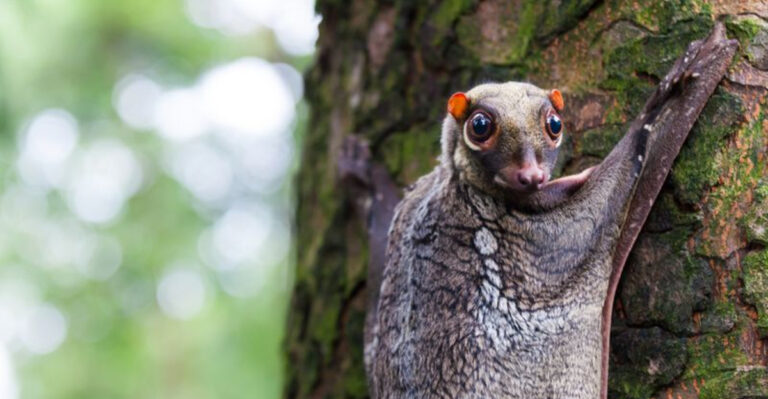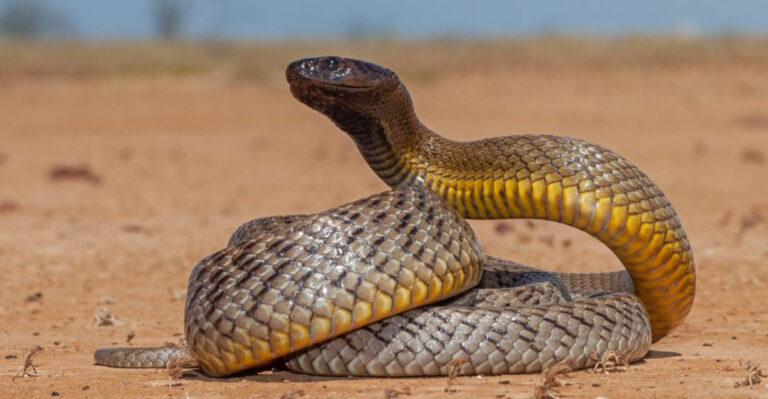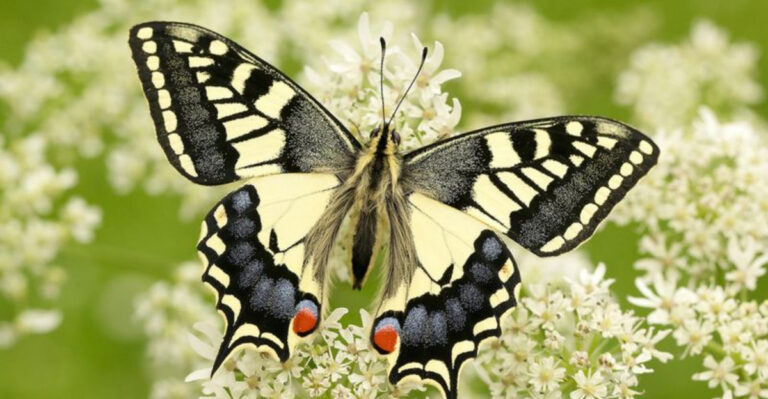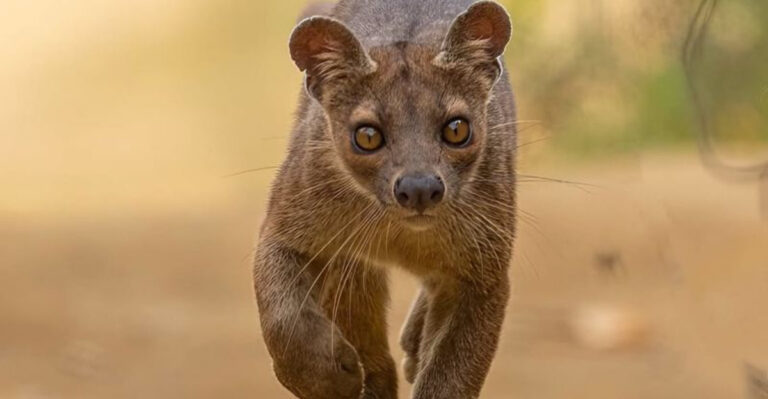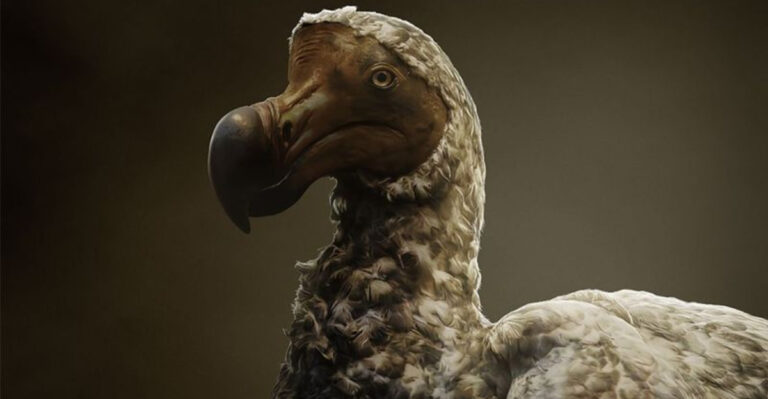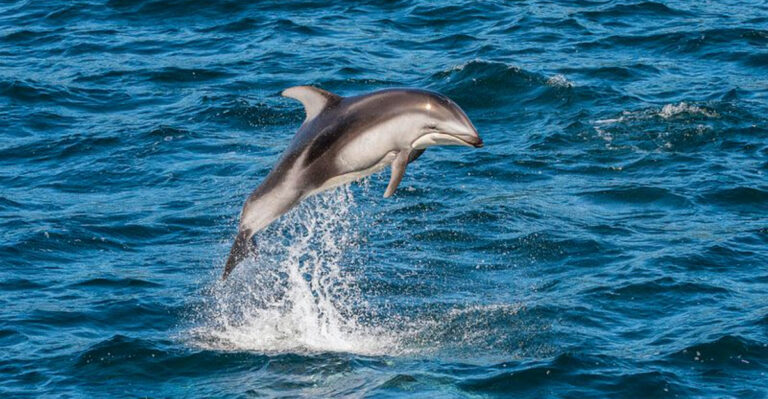20 Extinct Animals We’ve Lost In The Past 150 Years

Exploring the fascinating yet somber stories of 20 extinct animals, this article aims to shed light on the diverse species that have vanished from our planet over the last century and a half.
Each of these creatures, unique in their own right, played a crucial role in their respective ecosystems. The reasons for their extinction are varied, often stemming from human activities, environmental changes, or a combination of both.
This collection of narratives is not only a tribute to the lost but also a reminder of the importance of conservation efforts to prevent more names from being added to this list.
1. Passenger Pigeon
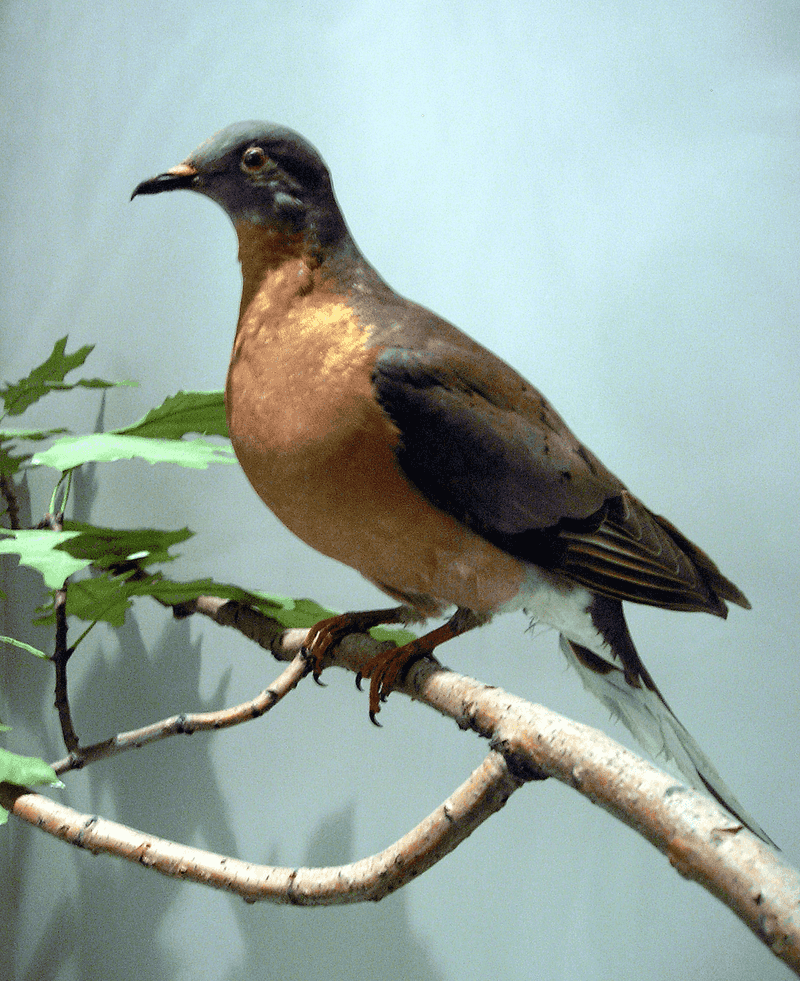
Once abundant, the passenger pigeon was a sight to behold in North America. These birds traveled in flocks so massive they could darken the sky. By the early 20th century, overhunting and habitat destruction led to their extinction.
Despite efforts to save them, the last known passenger pigeon, named Martha, died in 1914 at the Cincinnati Zoo. This extinction serves as a poignant reminder of the consequences of human activity on wildlife. Today, initiatives focus on restoring habitats to prevent similar losses.
2. Tasmanian Tiger
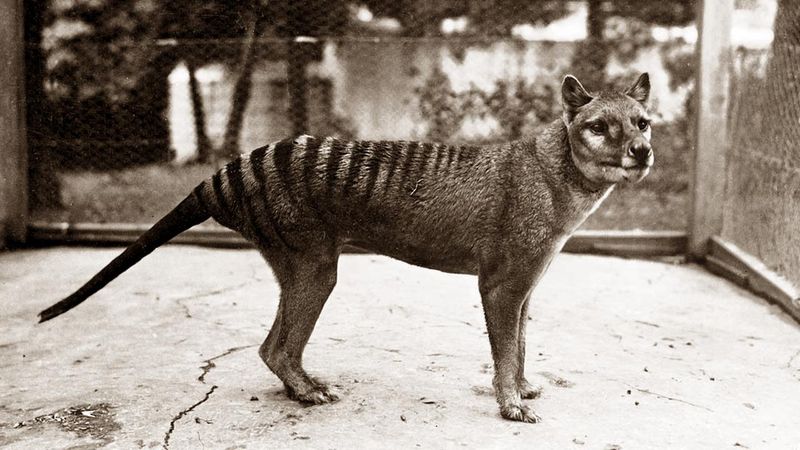
The Tasmanian Tiger, or Thylacine, was a carnivorous marsupial native to Tasmania. Its distinct features included a striped back and a wolf-like appearance. Habitat loss and hunting significantly reduced their numbers.
The last confirmed sighting was in 1936 at the Hobart Zoo. Efforts to locate surviving populations have failed, leading to its official classification as extinct. This loss highlights the need for stringent protective measures for endangered species in Australia.
3. Great Auk
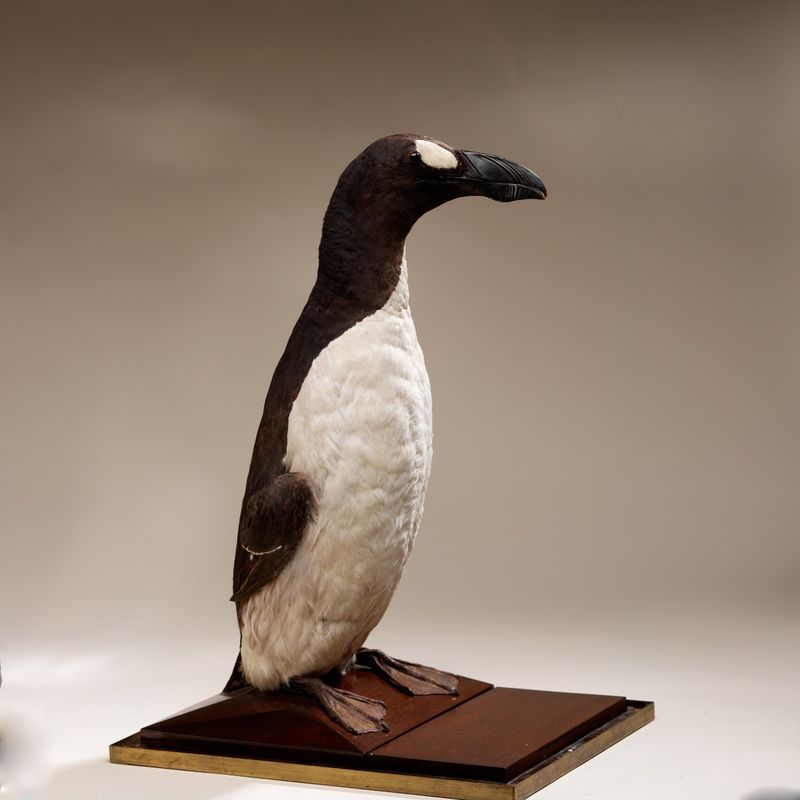
The Great Auk was a large, flightless bird that inhabited the North Atlantic. Known for its striking black and white plumage, it was hunted extensively for its feathers, meat, and oil. By the mid-19th century, relentless hunting pressure led to its extinction.
The last known pair was killed in 1844. This tragic end spurred early conservation movements, underscoring the necessity of protecting vulnerable species from overexploitation.
4. Pyrenean Ibex
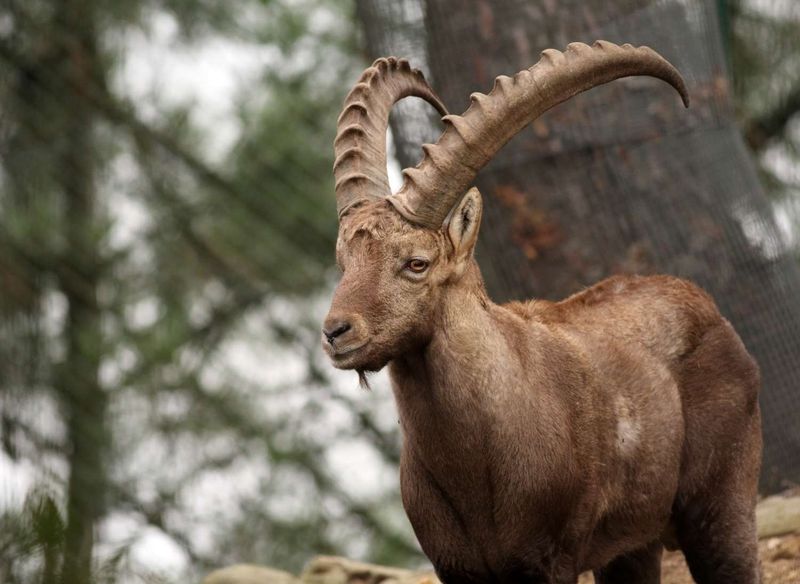
The Pyrenean Ibex, once found in the Pyrenees, was known for its impressive curved horns. Overhunting and competition with domestic livestock caused its numbers to dwindle. Deemed extinct in 2000, the last individual, named Celia, died after a tree fell on her.
An attempt to clone Celia failed, emphasizing the irreversible impact of extinction. The loss of the Pyrenean Ibex is a stark reminder of the delicate balance required in wildlife conservation.
5. West African Black Rhinoceros
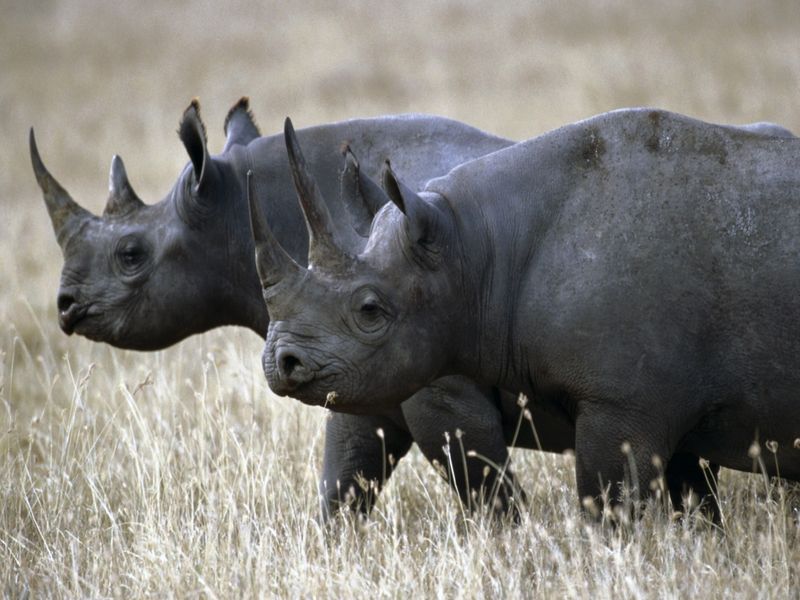
The West African Black Rhinoceros was a subspecies of the black rhino that roamed the savannahs of Africa. It became extinct in 2011 due to poaching and habitat loss. Despite efforts to protect them, the demand for rhino horns proved too powerful.
This extinction is a grave reminder of the impact of illegal wildlife trade and the urgent need for stronger protective measures. Conservationists continue to battle these challenges to save remaining rhino species.
6. Javan Tiger
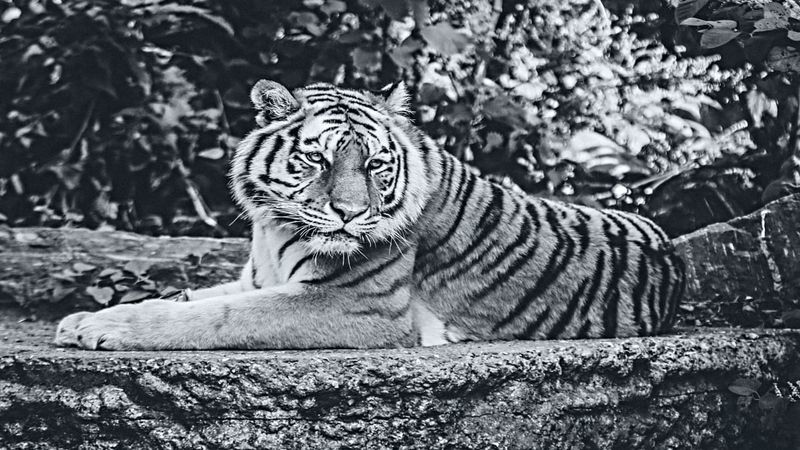
The Javan Tiger was native to the Indonesian island of Java. Its striking stripes and agile build made it a majestic predator. However, deforestation and hunting drove them to extinction by the 1970s.
The loss of the Javan Tiger illustrates the dire consequences of habitat destruction. Conservation efforts today focus on preserving existing tiger species through habitat protection and anti-poaching laws, inspired by the lessons learned from the Javan Tiger’s demise.
7. Golden Toad
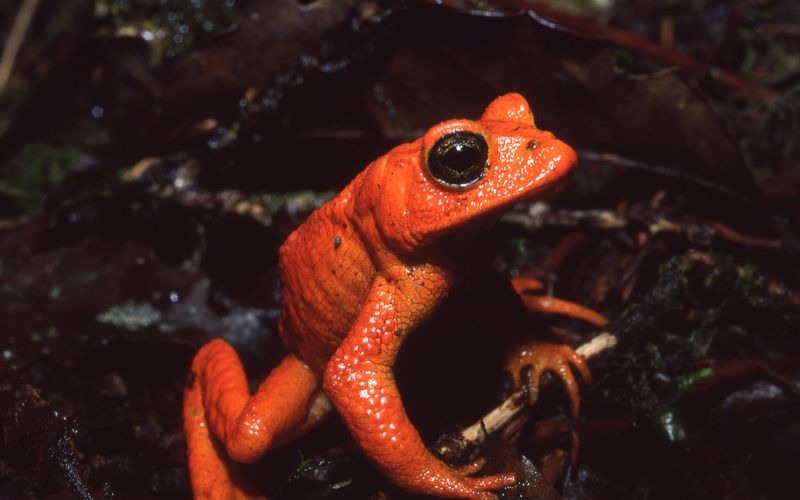
Endemic to Costa Rica’s cloud forests, the Golden Toad was a small amphibian known for its vivid orange hue. Despite being discovered only in 1966, it was declared extinct by the late 1980s. The reasons for its disappearance include climate change and fungal disease.
The Golden Toad’s sudden vanishing underscores the vulnerability of amphibians to environmental changes. Current conservation efforts aim to monitor and protect similar species from unforeseen threats.
8. Caribbean Monk Seal
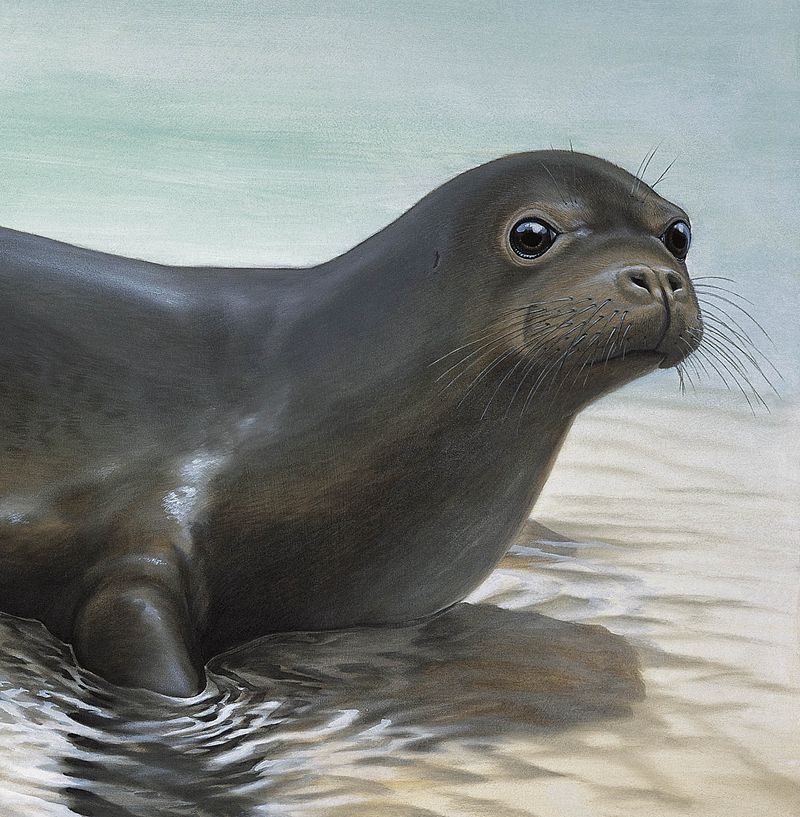
Once thriving in the Caribbean, the Caribbean Monk Seal fell victim to hunting and human encroachment. These seals were hunted for their blubber, which was used for oil. By the mid-20th century, sightings became rare, and the species was declared extinct in 2008.
The disappearance of the Caribbean Monk Seal highlights the need for marine conservation efforts to protect sealife from overfishing and habitat destruction.
9. Dodo
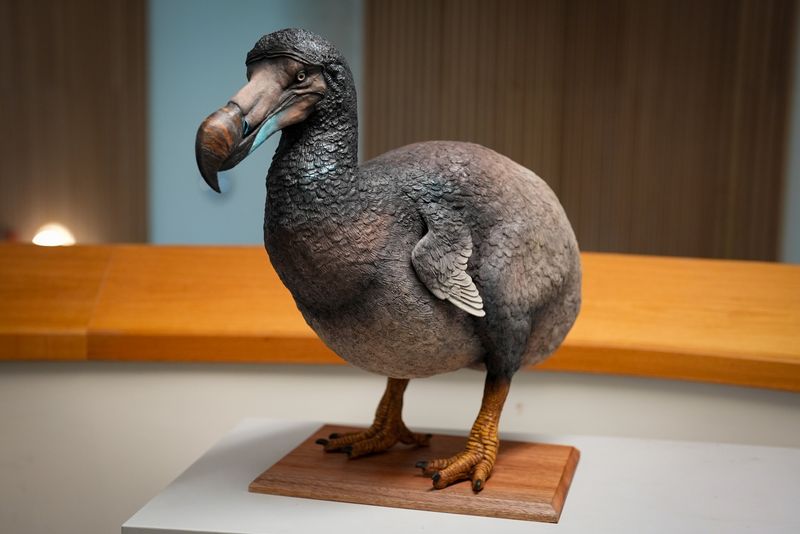
The Dodo, a flightless bird from Mauritius, became extinct in the late 17th century. Its inability to fly made it easy prey for sailors and introduced animals. The Dodo’s extinction was one of the first documented cases due to human interference.
This iconic bird has since become a symbol of extinction and the importance of protecting wildlife. Efforts to save endangered species today are often informed by the lessons learned from the Dodo’s story.
10. Bubal Hartebeest
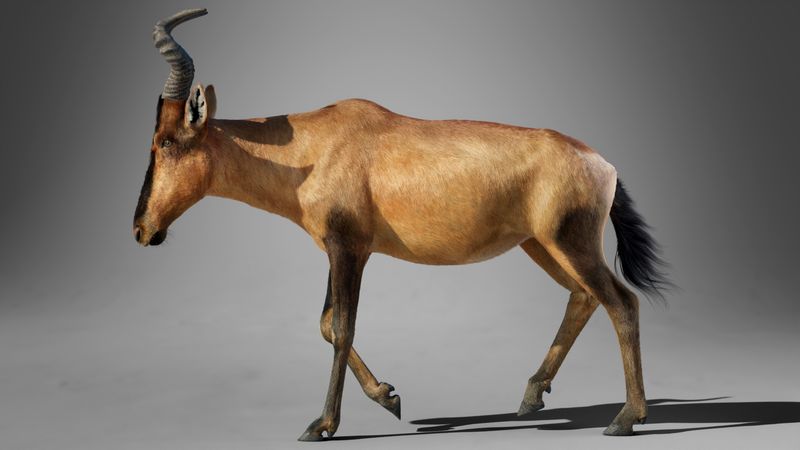
The Bubal Hartebeest once roamed the savannahs of North Africa. Known for its unique horns and robust physique, it was a target for hunters. By the mid-20th century, overhunting led to its extinction.
The loss of the Bubal Hartebeest emphasizes the impact of uncontrolled hunting on wildlife populations. Conservationists now work to protect similar species from a similar fate, focusing on sustainable hunting practices and habitat preservation.
11. Tecopa Pupfish
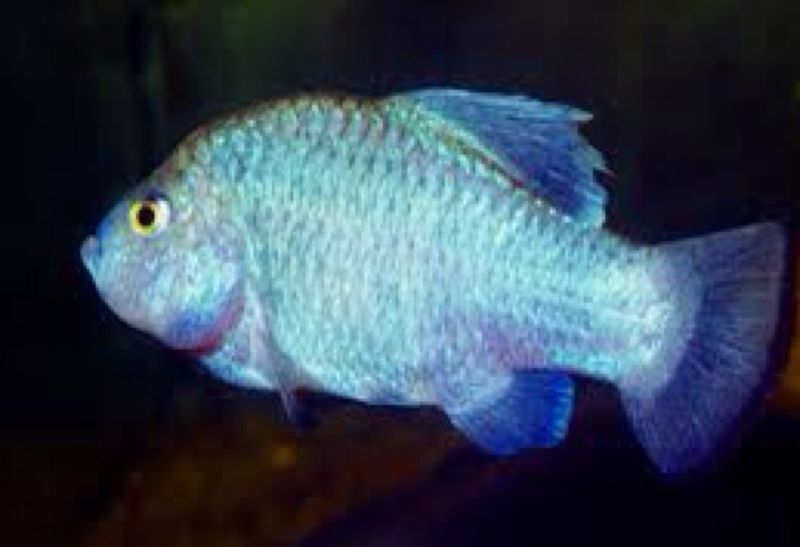
The Tecopa Pupfish was a small fish native to the hot springs of California’s Mojave Desert. It was last seen in 1970 and declared extinct due to habitat alteration caused by development and water diversion.
This extinction illustrates the fragility of species that rely on specific habitats. Efforts to protect other desert fish species now focus on preserving natural water resources and monitoring environmental changes.
12. Spix’s Macaw
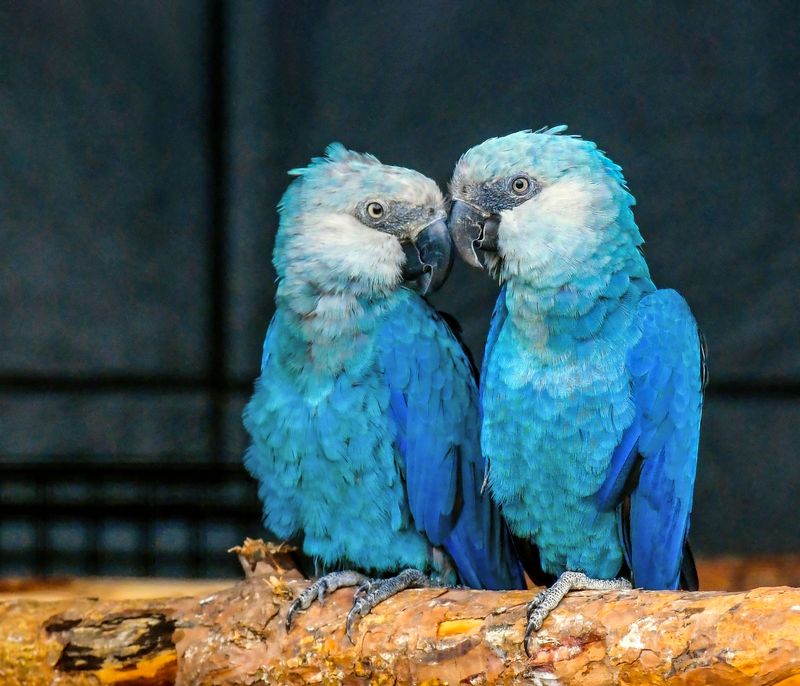
Spix’s Macaw, with its bright blue feathers, was native to Brazil. Habitat destruction and illegal trapping for the pet trade led to its extinction in the wild by the early 2000s.
Efforts to reintroduce captive-bred individuals into protected areas are ongoing, highlighting the challenges of restoring extinct-in-the-wild species. The story of Spix’s Macaw serves as a hopeful reminder of the potential for conservation success through dedicated efforts.
13. Quagga
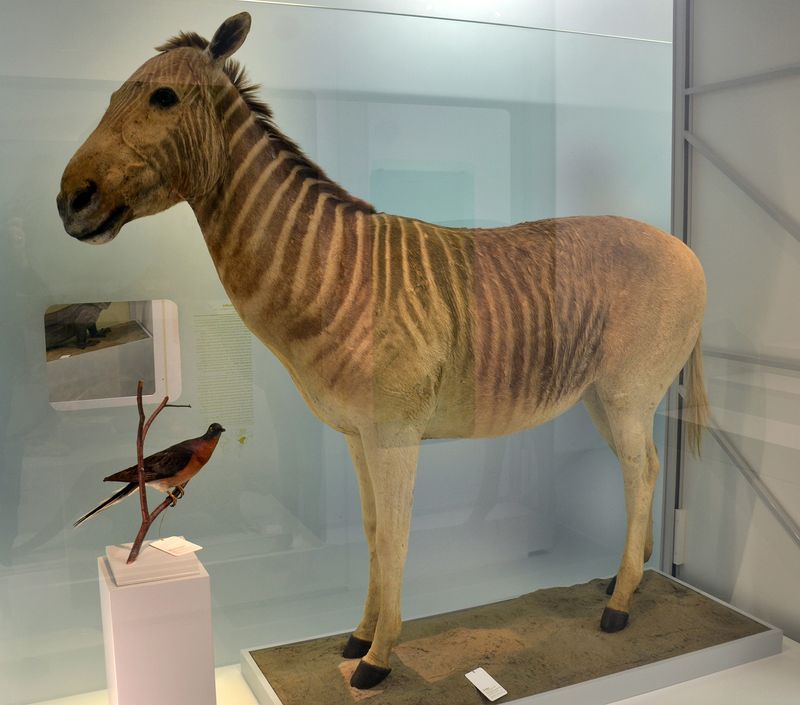
The Quagga, a subspecies of the plains zebra, was native to South Africa. Its unique half-striped appearance set it apart. Overhunting led to its extinction in the late 19th century, with the last known individual dying in captivity in 1883.
The Quagga’s extinction spurred efforts to breed similar zebras in a project known as the Quagga Project. This initiative represents the ongoing hope to revive characteristics of lost species through selective breeding.
14. Steller’s Sea Cow
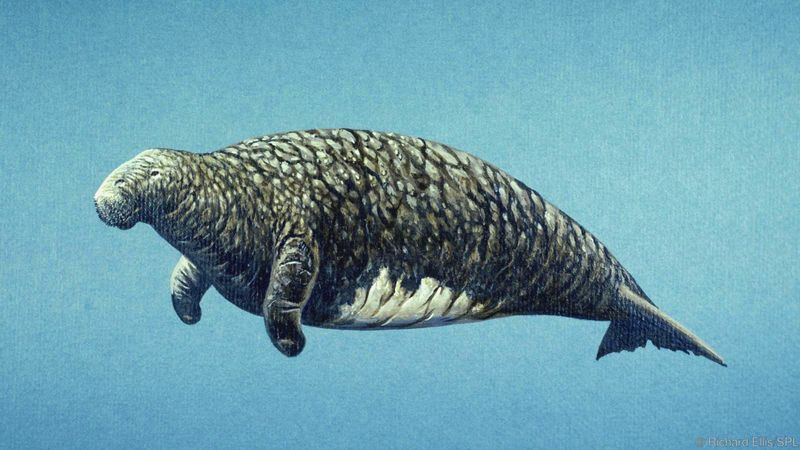
Steller’s Sea Cow was a massive herbivorous marine mammal discovered in the North Pacific. Its gentle nature made it easy prey for hunters. Within 27 years of its discovery in 1741, it was hunted to extinction.
This rapid loss highlights the vulnerability of large, slow-breeding species to overexploitation. The extinction of Steller’s Sea Cow serves as an early warning of the consequences of unregulated hunting practices in marine environments.
15. Baiji
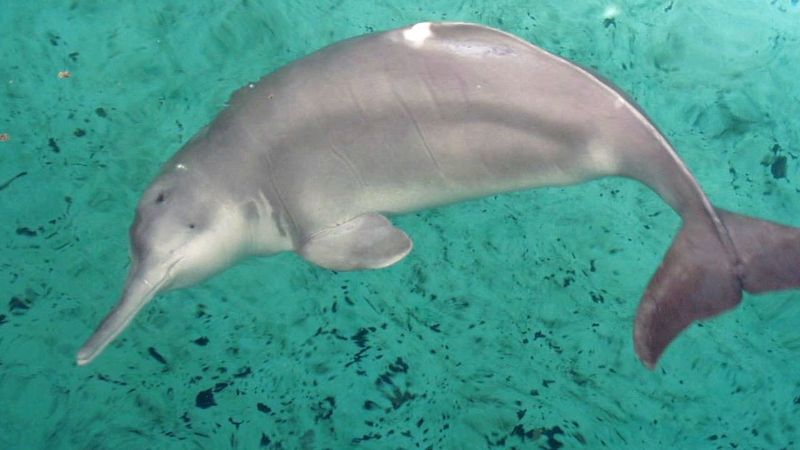
The Baiji, or Yangtze River dolphin, was a freshwater dolphin native to China’s Yangtze River. Industrialization, boat traffic, and pollution led to its decline. Despite conservation efforts, it was declared functionally extinct in 2006.
The Baiji’s disappearance underscores the impact of human activities on aquatic ecosystems. Ongoing efforts to protect river species focus on reducing pollution and regulating river traffic to prevent further losses.
16. Pinta Island Tortoise
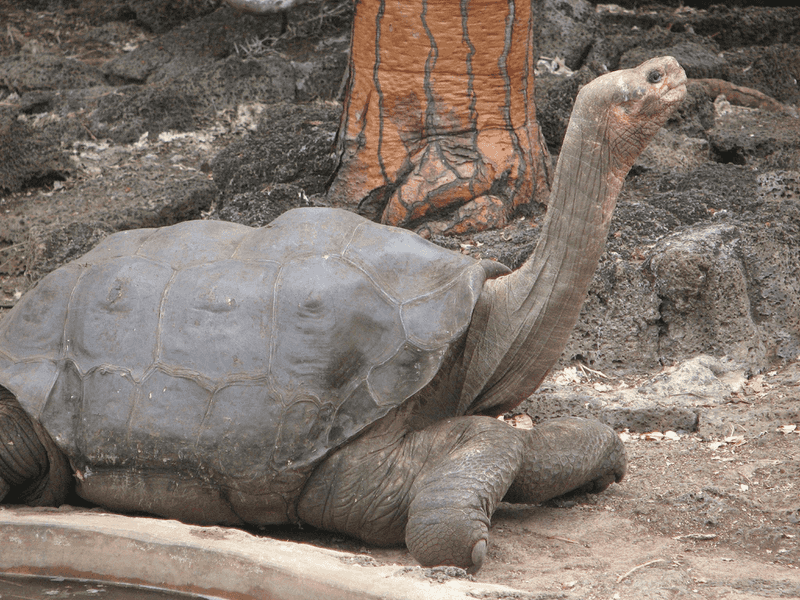
The Pinta Island Tortoise, native to the Galápagos Islands, was known for its large size and longevity. The most famous individual, Lonesome George, was the last of his kind and died in 2012.
Habitat destruction and introduced species led to the extinction of this tortoise subspecies. Conservationists now work to protect other Galápagos tortoises, emphasizing the importance of preserving unique island ecosystems.
17. Carolina Parakeet
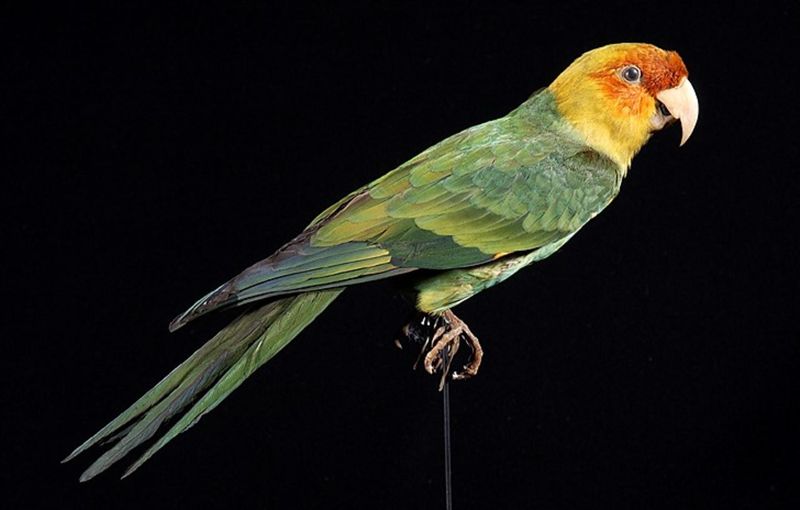
The Carolina Parakeet, once found in eastern United States forests, was known for its striking green and yellow feathers. Habitat loss and hunting decimated their population, leading to their extinction by the early 20th century.
The absence of the Carolina Parakeet serves as a reminder of the importance of preserving natural habitats and biodiversity. Conservation efforts now focus on protecting remaining parrot species from similar threats.
18. Dusky Seaside Sparrow
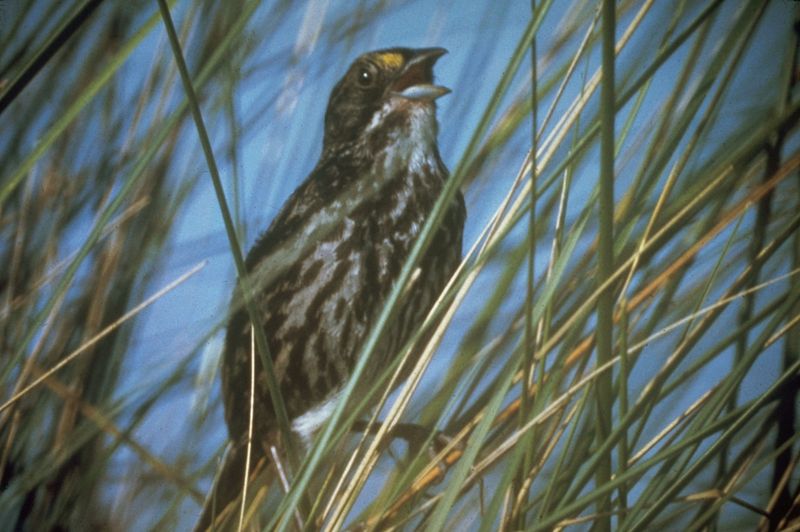
Once inhabiting the marshlands of Florida, the Dusky Seaside Sparrow was a small bird with dark plumage. Habitat destruction from agriculture and development led to its extinction in 1990.
This loss highlights the critical need for wetland conservation to support avian diversity. Efforts to restore and protect wetland habitats continue, aiming to prevent further declines in bird populations.
19. Formosan Clouded Leopard
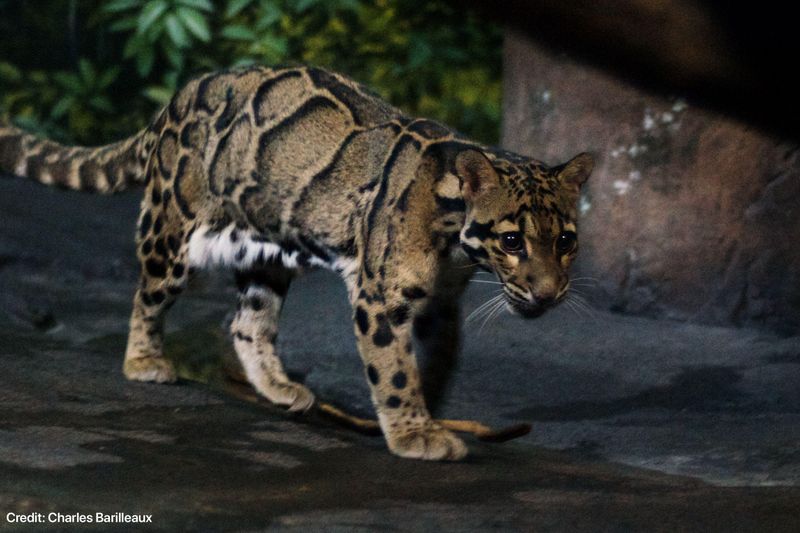
The Formosan Clouded Leopard was a mysterious and elusive predator in Taiwan’s forests. Destruction of its habitat and hunting led to its extinction by the mid-20th century. Despite unconfirmed sightings, it remains officially extinct.
The leopard’s story emphasizes the urgency of habitat protection for maintaining biodiversity in forest ecosystems. Conservationists in Taiwan now focus on protecting other native species from similar threats.
20. Heath Hen
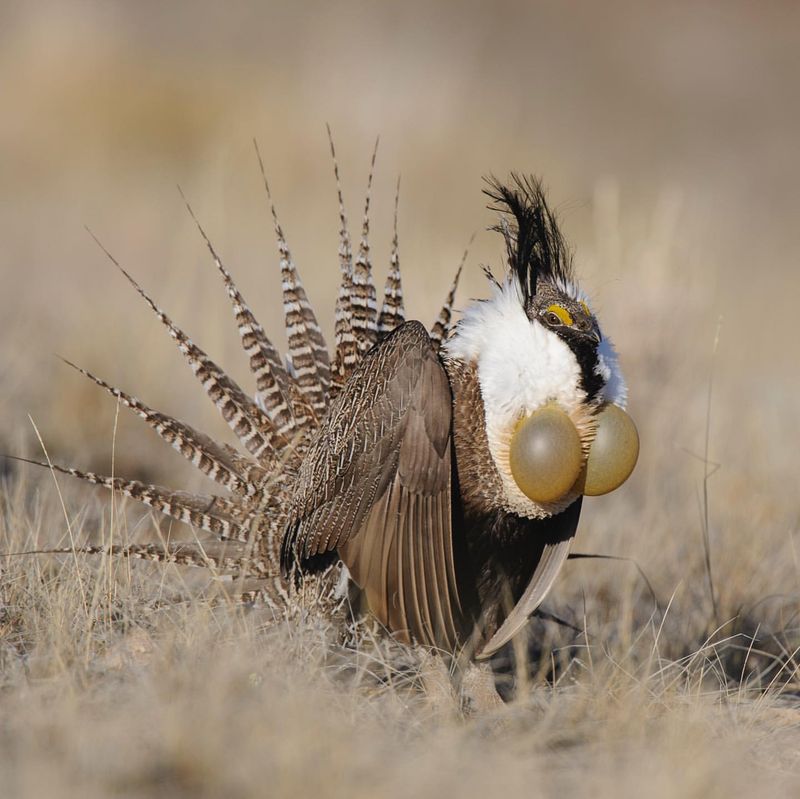
The Heath Hen, once abundant in North American heathlands, was known for its unique mating dance. Overhunting and habitat loss decimated its numbers, leading to its extinction in 1932.
The Heath Hen’s story is a compelling example of the consequences of neglecting wildlife conservation. Today, efforts to prevent similar extinctions include habitat restoration and protective legislation for vulnerable bird species.

